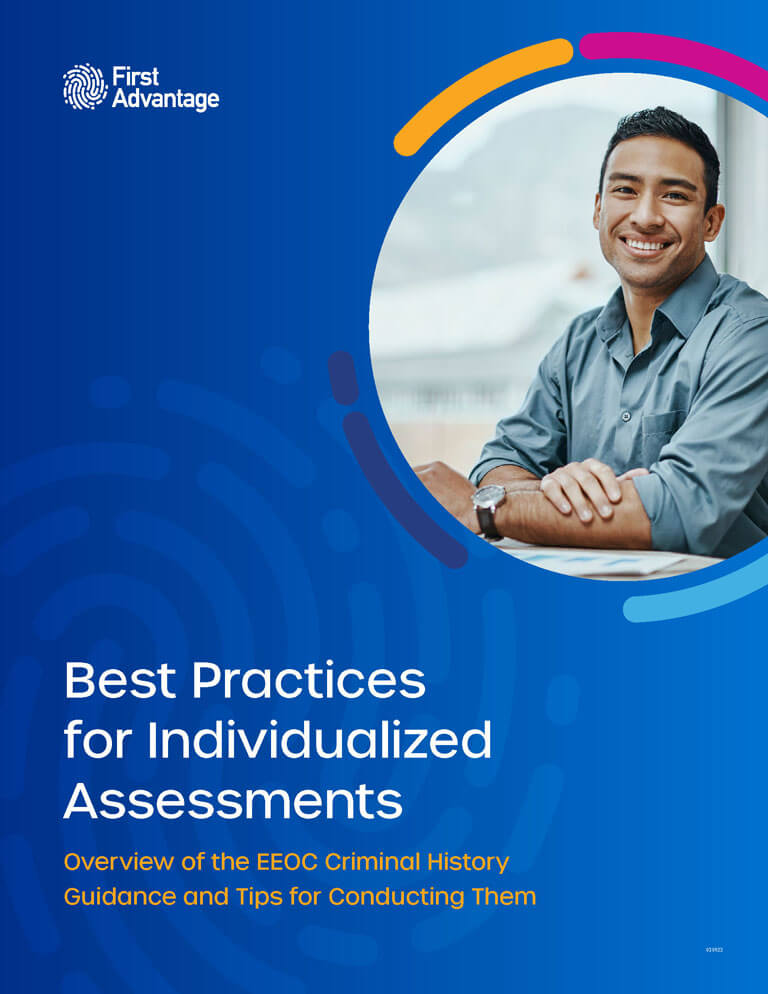Executive Summary
On April 25, 2012, the Equal Employment Opportunity Commission (EEOC) published guidance relating to an employer’s use of arrest and conviction records. The guidance discourages blanket exclusions of individuals who have been convicted of crimes and reminded employers that they should analyze the nature and gravity of the offense, the age of the offense, and the relationship between the job duties and the conviction.
The guidance added a new, never-seen-before recommendation that an employer also conduct an “individualized assessment” or case-by-case assessment to determine if a criminal conviction was job related and consistent with business necessity. Although the guidance discusses that such assessment is not always required, for example, when there is such a “demonstrably tight” nexus between a crime and a job, the interpretation of the EEOC seems to be that those instances are the rare exception. Generally speaking, the individualized assessment gives individuals the opportunity to explain or resolve a criminal history uncovered in a background check.
The goal of the EEOC guidance is to help groups of individuals with higher incarceration rates get jobs for which they are qualified, without being automatically excluded from the candidate pool due to a criminal history.

